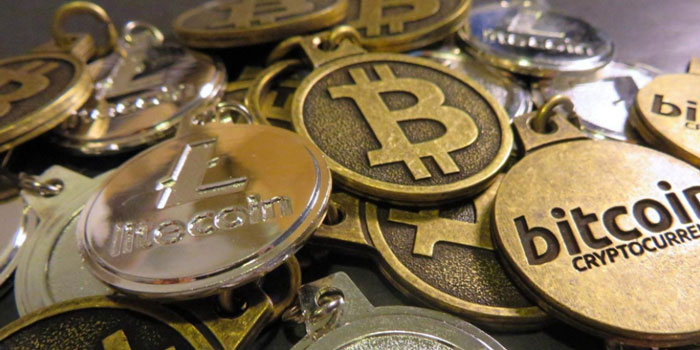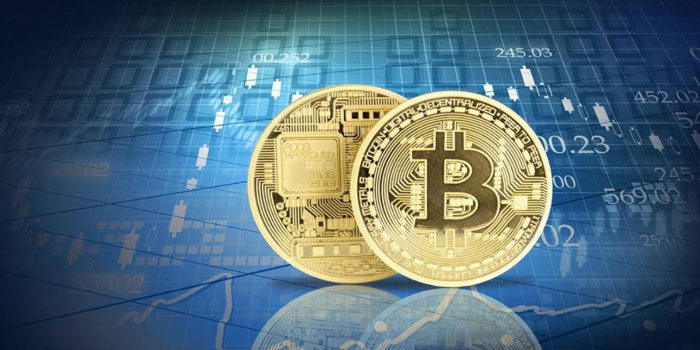Bitcoin and more generally cryptocurrencies are often described as a new type of currency. Bitcoin may be a currency, but it is not a new type of currency. To understand the real new features of Bitcoin, it is necessary to distinguish between "currency" and “trading mechanism." This shows that currencies with similar properties to Bitcoin have existed for centuries. However, the ability to exchange electronically without a trusted party is a decisive feature of Bitcoin, which is completely new. Bitcoin is not a new currency, it is a new transaction mechanism that can support multiple forms of currency and other types of assets.
Currency and trading mechanism
The distinction between currency and transaction mechanisms is not new in the payment field. For example, according to a report by the Committee for Payments and Market Infrastructure (CPMI), an organization within the Bank for International Settlements (BIS), currency refers to assets that are being transferred, such as the currency in your wallet. In contrast, the transaction mechanism is a way of transferring assets, such as handing physical currency to a merchant in exchange for a cup of coffee.
It is not uncommon for Bitcoin and more generally cryptocurrencies to be called a new type of currency. For example, the chapter of the 2018 Annual Economic Report released by the Bank for International Settlements is titled "Assessing whether cryptocurrencies can play any role as currency." Similarly, a report on financial technology by the International Monetary Fund classified cryptocurrencies as a currency.
With this in mind, we need to ask whether the truly unique aspect of Bitcoin is the type of currency it represents or the transaction mechanism it uses? To solve this problem, we propose two simple classifications, one for currency, the other is used for exchange mechanisms.

Three types of currencies
We divide currencies into three categories: legal tender, asset-backed currency, and claim-backed currency. The difference between asset-backed currency and claim-backed currency is to distinguish between a secured claim and an unsecured claim.
Legal tender corresponds to an essentially worthless item that has value based on the belief that they will be accepted by valuable goods and services. A typical example is a currency. The paper currency with the 20-dollar bill is almost worthless. But consumers can buy coffee by handing over that piece of paper, because the barista believes that he can use this piece of paper to buy valuable things in turn. Of course, due to its legal tender status, the currency issued by the central bank is different from a pure legal tender. Legal tenders without legal tender status include Rai stones and Ithaca HOURs. Bitcoin is just another example of legal tender.
The value of an asset-backed currency, at least to a certain extent, comes from the assets that back the currency. A prime example is commodity currencies. Gold coins have intrinsic value because they can melt a coin and find people who want to use it for other purposes.
Finally, the right to claim supports the value of the currency, at least to a certain extent, from the commitment of some institutions to convert the currency into something of value. For example, the value of bank deposits is based on the bank's commitment to convert deposits into currency. Non-financial companies can also issue claim guarantee currency. For example, a barista can exchange a cup of coffee for a (fully punched) membership card. In this case, the membership card is a special type of currency that can be used to exchange valuable items. In principle, if others believe that the barista will honor her promise in the near future, as long as enough people want coffee, punch cards can be used to buy other goods like money.

Three trading mechanisms
Trading mechanisms can also be divided into three types: physical transfer, electronic transmission with a trusted third party, and electronic transmission without a third party. Although different, our category is roughly the same as the trading mechanism category described in the CPMI report above.
Physical transfer refers to the transfer of money through physical means (such as banknotes or coins). This includes the exchange of physical currency for goods and services. In the case of physical currency, if a consumer wants to buy a cup of coffee with a 20-dollar bill, he needs to hand it over in person. Similarly, he can also pay by sending a check in the mail, for example, the check will be actually delivered to the recipient to pay the landlord’s rent. Technically speaking, a check is proof of payment, not money. In other words, endorsed checks can circulate like currency.
Electronic transfers using trusted third parties represent the vast majority of electronic payments today. These transmissions involve trusted entities responsible for ensuring that the transmission is effective. The Federal Wire Fund Service is an example of an electronic transfer system. The Federal Reserve System acts as a trusted third party representing banks and other financial institutions to transfer deposits deposited in the central bank to each other.
The last category is electronic transfers without a trusted third party. This is a decentralized exchange mechanism, just like Bitcoin and many cryptocurrencies.

Categorize Bitcoin
To illustrate the difference between currencies in these two dimensions, we combine currency types with transaction mechanism types. For each combination, we provide an example.
The currencies that are physically transferred include:
Paper money-legal tender;
Gold coin-its value depends on the gold behind the coin;
Check—A bill promised by a bank to convert a check into currency.
In the United States, many bank deposits are underwritten by the Federal Deposit Insurance Corporation (FDIC), so they benefit from greater protection than the commitments of individual banks.
The currencies for electronic transfers through trusted third parties include central bank reserves, which can be transferred by federal wire transfer in the United States; money market mutual fund shares, a very liquid investment backed by assets (usually Treasury bills). There are also (uninsured) commercial bank deposits.
Finally, electronic transfers without a third party include Bitcoin without any support. "Stable coins", i.e. cryptocurrencies whose value is linked to assets (in principle), and tokens from initial coin offerings (ICOs), which are issued by Its right to provide future products or services (though not necessarily legally binding). In all these cases, the transfer of funds can be done without a trusted third party. It is worth noting that all these examples are the latest phenomena in the post-Bitcoin era.



